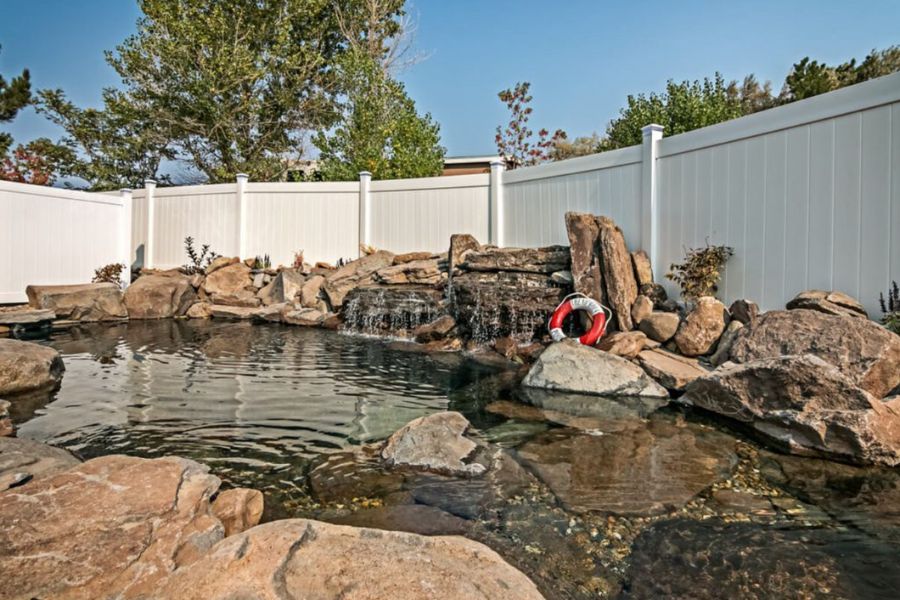As winter approaches, the lush greenery and vibrant blooms that once adorned your landscape may begin to fade, signaling a temporary hiatus for your irrigation system. DRC Landscaping understands the importance of safeguarding your investment during the colder months, ensuring a seamless transition into spring. Follow these essential tips to protect your irrigation system and preserve its functionality for the seasons to come.
1. Perform a Comprehensive Inspection:
Before winter sets in, conduct a thorough inspection of your irrigation system. Identify any visible leaks, damaged pipes, or faulty sprinkler heads. Addressing these issues before winter arrives will prevent further damage and make it easier to prepare the system for the colder temperatures.
2. Drain the System:
One of the most critical steps in winterizing your irrigation system is to remove any remaining water. Standing water can freeze and expand, causing pipes to crack or burst. Begin by shutting off the water supply to the system and then open all the valves to allow water to drain out. Be sure to drain both the mainline and lateral pipes to avoid potential damage.
3. Insulate Exposed Pipes:
Exposed pipes are particularly vulnerable to freezing temperatures. Insulate these pipes using foam pipe insulation or other suitable materials to provide an extra layer of protection. Pay special attention to pipes located above ground or in unheated areas, such as basements or crawl spaces.
4. Protect Valves and Backflow Preventers:
Valves and backflow preventers are critical components of your irrigation system, and they require special attention during winterization. Insulate these components with insulated covers or blankets to shield them from the cold. Additionally, consider wrapping them with heat tape for added protection against freezing.
5. Remove and Store Sprinkler Heads:
Remove and store sprinkler heads for the winter to prevent damage from freezing temperatures. Clean them thoroughly to remove any debris and sediment that may have accumulated during the growing season. Store the heads in a dry, protected area to prevent corrosion or damage.
6. Adjust Controller Settings:
Update your irrigation controller settings to reflect the changing seasons. Reduce the frequency and duration of watering cycles as plants enter dormancy. Some modern controllers even have a “rain” or “freeze” setting, which automatically adjusts watering schedules based on weather conditions.
7. Consider Professional Winterization Services:
If you’re unsure about the winterization process or simply want to ensure a thorough job, consider hiring professional landscaping services like DRC Landscaping. Experienced professionals can efficiently winterize your irrigation system, addressing potential issues and saving you time and effort.
8. Monitor Weather Conditions:
Stay vigilant about weather forecasts throughout the winter months. If a sudden cold snap is predicted, take extra precautions such as covering plants with frost cloth and insulating exposed pipes. Being proactive can prevent costly repairs and preserve the health of your landscape.
Contact DRC Landscaping in Reno, NV
Protecting your irrigation system during the winter months is crucial for its longevity and optimal performance come spring. By following these tips, you can safeguard your investment, avoid unnecessary repairs, and ensure that your landscape remains vibrant and healthy throughout the changing seasons. Trust DRC Landscaping to help you navigate the winterization process and keep your irrigation system in top-notch condition.



